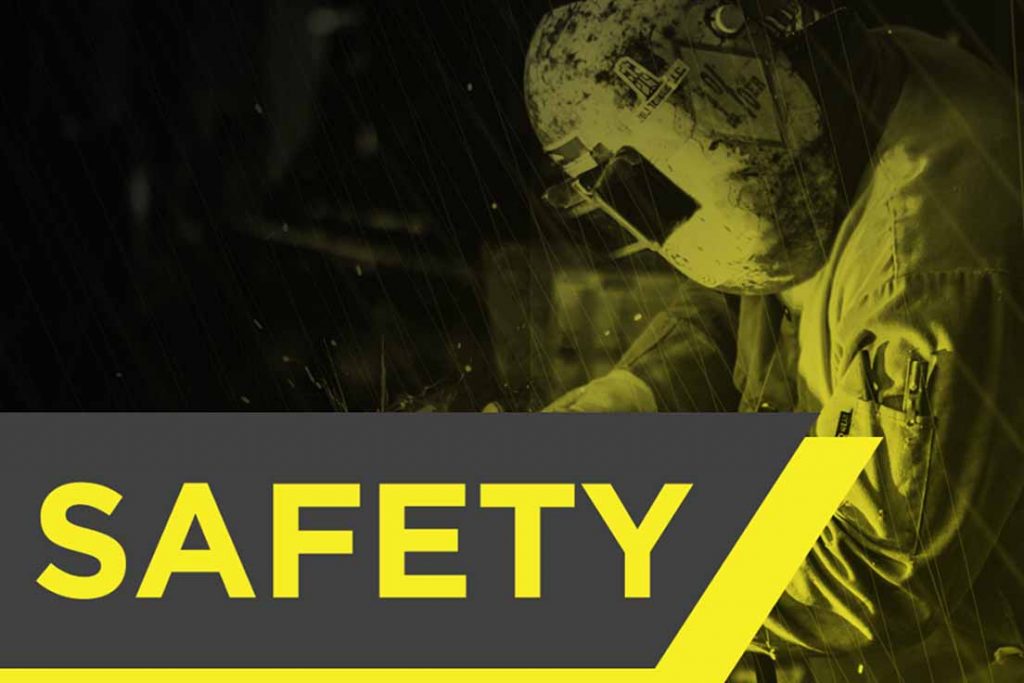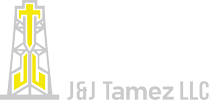How to Stay Safe in the Chemical Industry?

Proper planning can save you and countless lives to avoid the devastating effects of chemical accidents and chemical plants in Texas or any other place. This article gives you safety tips from chemical plants and the industry so you can see if your chemical company’s hygiene plan requires changes or additions.
Label Everything Clearly
You can potentially save a life by properly labeling all chemical containers of any chemical mixing plant. Chemicals often look alike, even to an expert. Check the box marking. This allows everyone to quickly see chemical risks on the exterior of the container. Correctly labeled containers can prevent accidents that happen when mixing improper chemicals or disposing of incorrect substances.
Place the material safety data sheets (MSDS) in an easily accessible and clearly labeled location. Before working with any chemical, an employee must consult the appropriate MSDS. These sheets will help you give information on hazards and safety procedures for the material’s safe handling.
Offer Training and Resources
Don’t assume your employees already know what to do to prevent or respond to chemical spills. So train all new employees thoroughly on standard operating procedures (SOPs), covering all chemicals. Implement additional training in any area with chemicals to supplement the SOPs. That training helps in instances when the chemicals require specific handling instructions.
Educate your employees on the four ways they may expose themselves to chemicals. Teach them how to use safety equipment and proper procedures to avoid ingestion, inhalation, injection, and absorption.
Safety Check Emergency Equipment
The OSHA (Occupational Safety and Health Administration) guidelines need equipment for emergencies to be on hand and functioning in buildings that handle or store chemicals. An emergency eyewash can prevent blindness in workers who get chemicals in their eyes. A recently inspected and working fire extinguisher stops small fires from becoming larger. On-site fire-fighters may require fire fighting equipment, like water sources and hoses.
Location, Location, Location
Regularly evaluate the location of all chemicals. So cross-check the chemicals containers do not sit near other chemicals they could adversely react with. Also, it allows for appropriate drainage and ventilation in the event of a container breach. Adequate ventilation in both the storeroom and workspace can ensure the air quality in both places. Exhaust vents in a work area may require ventilation, depending on the chemicals used.
Keep Safety Gear in Sight
Keep your employees away from chemical exposure; safety gear needs to be worn in the area. Tell all the employees about the location of goggles, gloves, and respirators. Tell workers to use the equipment every time they enter a workspace. Exposure to the chemicals can occur when safety gear neglect. To make it easier to access the safety equipment will make sure the employees use it.
So train all the employees to check out their safety equipment correctly. Dispose of any things with signs of excessive wear or damage. Compromise to the equipment puts safety at risk.
Cleanliness is Next to Safety
Keep your workspace clean and organized to prevent any risk. Wet floors promote falls. Unorganized work areas increase inadvertent spills or mixing. To reduce this, keep excess chemicals in their original containers requires. Give employees a disposal area near their workspace to safely get rid of used chemicals.
Also, employees have access to a place to leave work clothes at the facility. Washing machines at work prevent employees from taking home potentially contaminated clothes for cleaning. Instruct employees to always change clothes to avoid exposing their families to chemicals from the facility.
Create a Chain of Responsibility
Make a clearly outlined chain of command for any emergency. Employees at each level of responsibility will work each shift. Teach every employee whom they should report to if an accident occurs. Doing so requires a unique plan to avoid a situation in that the appropriate supervisors don’t show up to work. Have a good list of alternates as substitutes in case someone falls sick.
Practice, Practice, Practice
Always practice safety processes for emergencies. Chemical spill drills and Fire drills will help employees learn during the training. If an emergency suddenly arises, the employees will know their roles and functions to mitigate harm to themselves and the building.
It is not right to expect companies to prevent all accidents and emergencies. Alongside prevention, a chemical hygiene plan has to include information on responding to emergencies. That two-layered procedure will reduce consequences and problems if an accident does occur. Don’t delay in the implementation of the company’s safety plan. Lives could depend on it.
These are the tips for your chemical mixing plant’s safety. We hope you apply them in your chemical plant in Texas and worldwide. If you are looking for well stimulation services and chemical blending service, J&J Tamez is here for you. Call us at 361-886-5400 for more details.
Also Read: What do Chemical Mixing Plants do?
